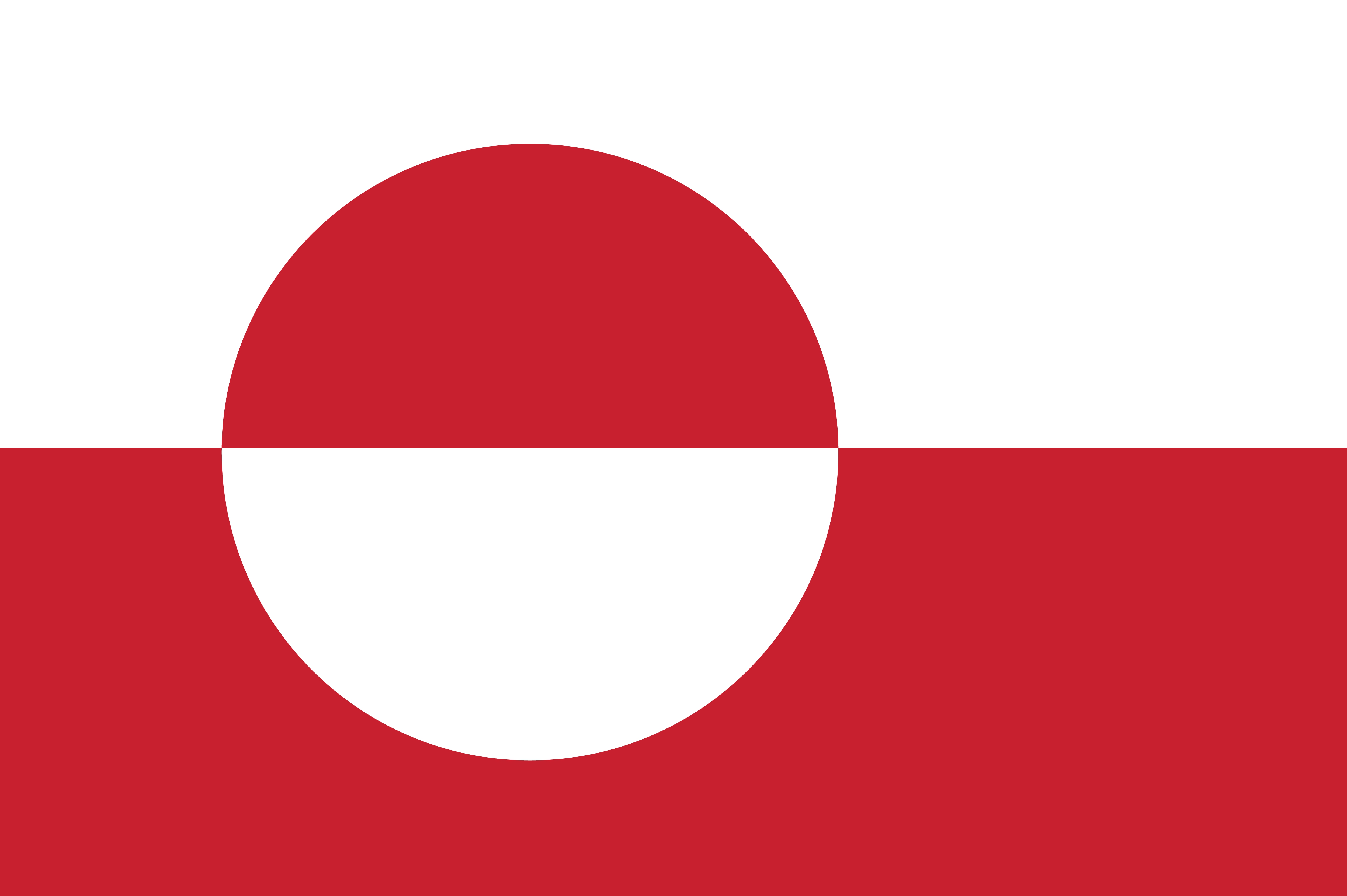The Entry/Exit System (EES) is an EU-wide digital system in which the entry and exit of visa-required and visa-free third-country nationals travelling for short stays (up to 90 days within any 180-day period) in the Schengen Area will be registered.
The EES will gradually replace physical passport stamping and is intended to modernise border control and improve security at both the external borders of the Schengen Area and within it.
The EES will be introduced gradually starting on 12 October 2025. Travellers planning to depart on or shortly after 12 October are advised to allow extra time at border crossing points (for example, at airports) due to the implementation of the EES.
Read more about the system and its gradual implementation on the official EU website here.
Gradual implementation of the EES
The EES will be gradually implemented across 29 European countries between 12 October 2025 and 9 April 2026. This means that implementation will occur in phases within each participating country. In some countries, the registration of third-country nationals’ data in the EES will not initially take place at all border crossing points, and there may be locations where biometric data collection is not yet operational during this period.
The EES will be implemented gradually at Copenhagen Airport (CPH) and fully implemented throughout the rest of the Kingdom of Denmark.
Physical passport stamping will continue during the gradual implementation, so third-country nationals’ entries to and exits from the Schengen Area will also be recorded in their passports during this period.
Certain ESS functions may not be fully operational during the gradual implementation, including the online service that will allow third-country nationals to check the remaining duration of their lawful stay.
How will the EES work
When a third-country national crosses an external Schengen border, the border authorities create or update an individual file in the EES. The EES file contains the following information:
- Data from the third-country national’s travel document, including name, nationality, and date of birth
- Biometric data (facial image and fingerprints)
- Information on entries to and exits from the Schengen Area
- Where applicable, information on refusals of entry
The EES continuously calculates the remaining duration of a third-country national’s authorized short stay within the Schengen Area.
As a general rule, data registered in the EES will be retained for three years. Read more here.
Relevant authorities – primarily police, visa, and immigration authorities – in the European countries using the EES will have access to data on third-country nationals’ entries and exits from the Schengen Area, as well as information regarding the authorisation of a short stay. Carriers, such as airlines, will be able to use an application to verify whether a third country national is authorised to enter the Schengen Area.
Persons exempt from EES registration
As a general rule, EU citizens, their family members, and third-country nationals holding a residence permit in a Schengen country, will not be registered in the EES. Other categories of persons are also exempt from EES registration, including certain groups travelling in the capacity of official duties.
Read more about persons exempt from EES registration here.
Third-country nationals holding a residence permit in a Schengen country
If a third-country national is granted a residence permit in Denmark or in another Schengen country, any existing EES file will be deleted by the authority that has issued the residence permit. In Denmark, the EES file will in general be deleted either by the Danish Immigration Service or the Danish Agency for International Recruitment and Integration (SIRI).
Accepted proof of residence in a Schengen country includes a residence card or a long-stay visa (D sticker). If a third-country national holds such documentation, they will not be registered in the EES upon entry to or exit from the Schengen Area.
Read more about the immigration authorities’ practices concerning the deletion of EES travel files here.
EES registration after the expiry of a residence permit
The immigration authorities recommend that third-country nationals who wish to travel within or stay in the Schengen Area for a short period after the expiration of their Danish residence permit have an EES file created as proof of their authorised stay. As a general rule, this will be relevant for third-country nationals who are visa-free. Third-country nationals who are subject to visa requirements must exit the Schengen Area and apply for a short-stay visa if they wish to remain in the Schengen Area after their residence permit expires.
If a visa-free third-country national does not contact the immigration authorities to have an EES file created prior to departure, the border authorities will create the file in the EES when the person exits the Schengen Area. This may result in delays at the time of departure.
Read more about the possibility of having an EES travel file created by the relevant authorities here.
Processing of personal data
The processing of personal data recorded in the EES will be carried out in accordance with the General Data Protection Regulation (Regulation (EU) 2016/679 of the European Parliament and of the Council of 27 April 2016). Read more here.
Third-country nationals whose data has been registered in the EES are, as a general rule, entitled to access their personal data, as well as to request the correction of factually inaccurate information and the deletion of unlawfully recorded data. Such requests may be submitted to the authority that most recently registered or amended the information in the EES. Read more here.
EES registration in the Faroe Islands and Greenland
The implementation of the EES in the Faroe Islands and Greenland will follow the same procedure as in the other Danish police districts. When a third-country national enters or exits the Schengen Area via the external borders of the Faroe Islands and Greenland for a short stay (with or without a visa), this must be registered in the EES.
Both visa-free and visa-required third-country nationals may stay in the Faroe Islands or Greenland for a short stay of up to 90 days within any 180-day period. Any period of stay in the Schengen Area will be counted towards the 90-day limit.


